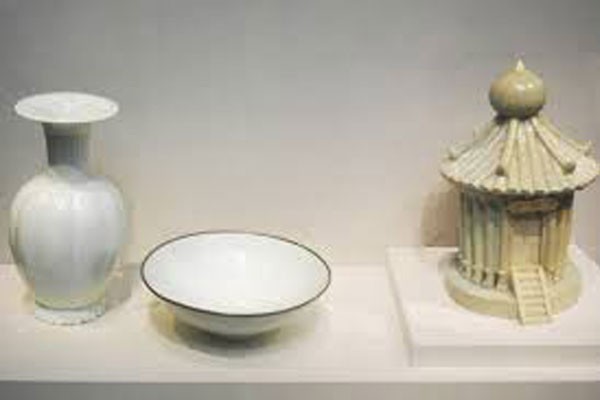Various cultural practices and traditions are on display in the 5th International Festival for Intangible Cultural Heritages. The 10-day festival, which opened on Friday, Sept. 11, in Chengdu, Sichuan Province, aims to reacquaint the Chinese populace with China’s diverse cultural heritage.
On display are over 400 types of cultural heritage and artifacts. The festival will also host a two-day international forum to discuss the protection of intangible cultural heritage.
Right at the spotlight are some of China's best-known handicraft heritages: lacquer ware, sculptures, porcelain and embroidery.
Ethnic minority heritage from the provinces of Qinghai, Guizhou, Yunnan and Ganzu, as well as the Tibet Autonomous Region, will also be put on display.
Aside from exhibits on China's intangible cultural heritage, the International Festival for Intangible Cultural Heritages also features international handicrafts, such as Japanese tailoring and African drum-making.
Inheritors from Taiwan, on the other hand, have their own special section where inheritors will get to display five different types of heritages from their home: weaving, dyes, tea, lacquer and bamboo.
It will be the first time for Taiwanese inheritors to participate in the cultural festival. Included in the group is Yuma Taru, a member of Taiwan's aboriginal Atayal tribe. In an interview with the Global Times, Yuma expressed her hopes that the young generation will keep traditional arts and cultural treasures alive for years to come.
The event is not only marketed toward Chinese visitors. Over 80 international experts from more than 30 countries have flown to China to attend the two-day international forum on cultural heritage protection. Topics to be discussed include training of inheritors, modernization and cultural diversity, and the innovation in intangible cultural heritage.



























